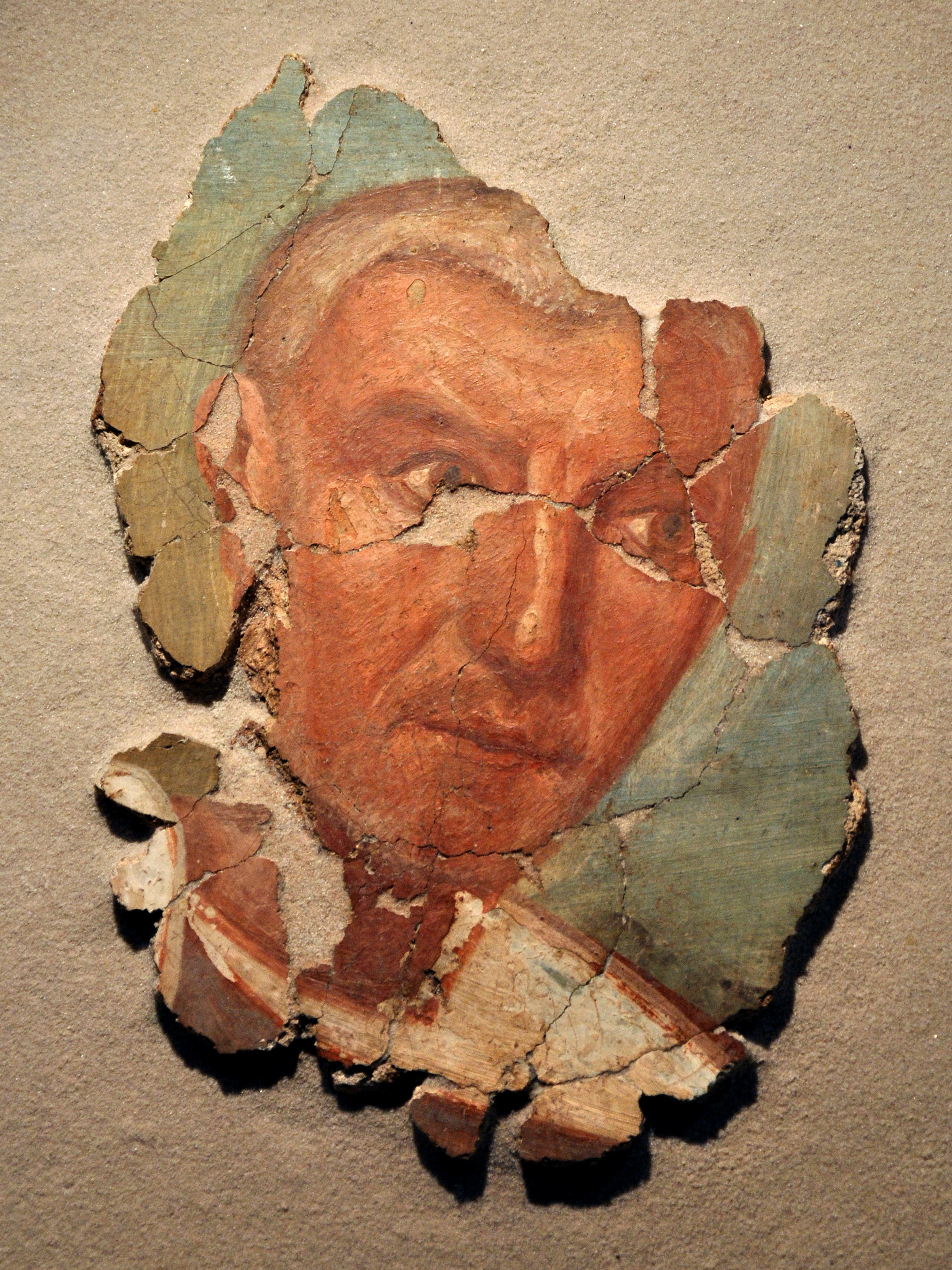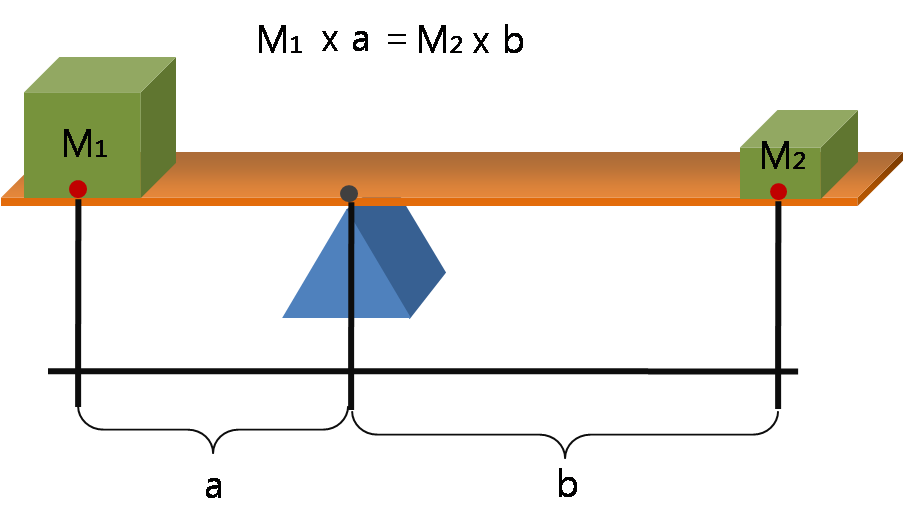|
Bourréac
Bourréac (; oc, Borriac) is a commune in the Hautes-Pyrénées department in southwestern France near the city of Lourdes (4,5 km). Its economy is based on residences (the village is included in the urban area of Lourdes), agriculture (animal husbandry mainly) and tourism ( ''gîtes ruraux''). Geography The village overlooks Lezignan and Lourdes valley as from a balcony and stays in the center of a line of low hills, 500 to 600 m high, in front of the chain of Pyrenees Mountains, with notably the foreground Pic du Jer (950m), and, in the middle distance, the summits of Cabaliros (2334 m), Hautacam (1500 to 1800 m), Montaigu (2339 m) and Pic du Midi de Bigorre (2877 m). Crest paths starts from the village, mainly the D807 in the direction of Recahorts (hamlet of Bourréac) and, then, Pouts (hamlet of a neighbour village, Escoubes-Pouts). Population Climate The climate of Bourréac is that one mentioned by the meteo station of Ossun- Tarbes with a microclimate f ... [...More Info...] [...Related Items...] OR: [Wikipedia] [Google] [Baidu] |
Communauté D'agglomération Tarbes-Lourdes-Pyrénées
The Communauté d'agglomération Tarbes-Lourdes-Pyrénées is an intercommunal structure in the Hautes-Pyrénées department, in the Occitanie region, southern France. It was created in January 2017. Its seat is in Juillan.Fiche signalétique CA Tarbes-Lourdes-Pyrénées BANATIC Its area is 614.8 km2. Its population was 123,588 in 2017, of which 41,518 in Tarbes proper.Comparateur de territoire [...More Info...] [...Related Items...] OR: [Wikipedia] [Google] [Baidu] |
Communes Of France
The () is a level of administrative division in the French Republic. French are analogous to civil townships and incorporated municipalities in the United States and Canada, ' in Germany, ' in Italy, or ' in Spain. The United Kingdom's equivalent are civil parishes, although some areas, particularly urban areas, are unparished. are based on historical geographic communities or villages and are vested with significant powers to manage the populations and land of the geographic area covered. The are the fourth-level administrative divisions of France. vary widely in size and area, from large sprawling cities with millions of inhabitants like Paris, to small hamlets with only a handful of inhabitants. typically are based on pre-existing villages and facilitate local governance. All have names, but not all named geographic areas or groups of people residing together are ( or ), the difference residing in the lack of administrative powers. Except for the municipal arr ... [...More Info...] [...Related Items...] OR: [Wikipedia] [Google] [Baidu] |
Mediaeval
In the history of Europe, the Middle Ages or medieval period lasted approximately from the late 5th to the late 15th centuries, similar to the post-classical period of global history. It began with the fall of the Western Roman Empire and transitioned into the Renaissance and the Age of Discovery. The Middle Ages is the middle period of the three traditional divisions of Western history: classical antiquity, the medieval period, and the modern period. The medieval period is itself subdivided into the Early, High, and Late Middle Ages. Population decline, counterurbanisation, the collapse of centralized authority, invasions, and mass migrations of tribes, which had begun in late antiquity, continued into the Early Middle Ages. The large-scale movements of the Migration Period, including various Germanic peoples, formed new kingdoms in what remained of the Western Roman Empire. In the 7th century, North Africa and the Middle East—most recently part of the Eastern R ... [...More Info...] [...Related Items...] OR: [Wikipedia] [Google] [Baidu] |
Feudal Baron
A feudal baron is a vassal holding a heritable fief called a ''barony'', comprising a specific portion of land, granted by an lord, overlord in return for allegiance and service. Following the end of European feudalism, feudal baronies have largely been superseded by baronies held as a rank of nobility, without any attachment to a fief. However, in Scotland, the Barons in Scotland, feudal dignity of baron remains in existence, and may be bought and sold independently of the land to which it was formerly attached. England Historically, the feudal barons of England were the king's tenant-in-chief, tenants-in-chief, that is to say men who held land by feudal land tenure in England, feudal tenure directly from the king as their sole lord, overlord and were granted by him a legal jurisdiction (court baron) over their territory, the barony, comprising several Manorialism, manors. Such men, if not already noblemen, were ennobled by obtaining such tenure, and had thenceforth an obligatio ... [...More Info...] [...Related Items...] OR: [Wikipedia] [Google] [Baidu] |
Ancien Régime
''Ancien'' may refer to * the French word for " ancient, old" ** Société des anciens textes français * the French for "former, senior" ** Virelai ancien ** Ancien Régime ** Ancien Régime in France {{disambig ... [...More Info...] [...Related Items...] OR: [Wikipedia] [Google] [Baidu] |
Cassini Lourdes Est
Cassini may refer to: People * Cassini (surname) * Oleg Cassini (1913-2006), American fashion designer :Cassini family: * Giovanni Domenico Cassini (1625–1712), Italian mathematician, astronomer, engineer, and astrologer * Jacques Cassini (1677–1756), French astronomer, son of Giovanni Domenico Cassini * César-François Cassini de Thury (1714–1784), French astronomer and cartographer, son of Jacques Cassini * Jean-Dominique, comte de Cassini (1748–1845), French astronomer, son of César-François Cassini de Thury * Alexandre Henri Gabriel de Cassini (1781–1832), French botanist and naturalist, son of Jean-Dominique de Cassini Planetary science * Cassini's laws on the motion of the Moon * Cassini Division, a gap in the rings of Saturn * ''Cassini–Huygens'', the space mission to examine Saturn and its moons, of which the ''Cassini'' orbiter was a part * Cassini (Martian crater) * Cassini (lunar crater) * 24101 Cassini, an asteroid * 24102 Jacquescassini, anothe ... [...More Info...] [...Related Items...] OR: [Wikipedia] [Google] [Baidu] |
Gallo-Roman
Gallo-Roman culture was a consequence of the Romanization of Gauls under the rule of the Roman Empire. It was characterized by the Gaulish adoption or adaptation of Roman culture, language, morals and way of life in a uniquely Gaulish context. The well-studied meld of cultures in Gaul gives historians a model against which to compare and contrast parallel developments of Romanization in other, less-studied Roman provinces. ''Interpretatio romana'' offered Roman names for Gaulish deities such as the smith-god Gobannus, but of Celtic deities only the horse-patroness Epona penetrated Romanized cultures beyond the confines of Gaul. The barbarian invasions beginning in the late third century forced upon Gallo-Roman culture fundamental changes in politics, in the economic underpinning, in military organization. The Gothic settlement of 418 offered a double loyalty, as Western Roman authority disintegrated at Rome. The plight of the highly Romanized governing class is examined ... [...More Info...] [...Related Items...] OR: [Wikipedia] [Google] [Baidu] |
Suffix
In linguistics, a suffix is an affix which is placed after the stem of a word. Common examples are case endings, which indicate the grammatical case of nouns, adjectives, and verb endings, which form the conjugation of verbs. Suffixes can carry grammatical information ( inflectional suffixes) or lexical information ( derivational/lexical suffixes'').'' An inflectional suffix or a grammatical suffix. Such inflection changes the grammatical properties of a word within its syntactic category. For derivational suffixes, they can be divided into two categories: class-changing derivation and class-maintaining derivation. Particularly in the study of Semitic languages, suffixes are called affirmatives, as they can alter the form of the words. In Indo-European studies, a distinction is made between suffixes and endings (see Proto-Indo-European root). Suffixes can carry grammatical information or lexical information. A word-final segment that is somewhere between a free morpheme ... [...More Info...] [...Related Items...] OR: [Wikipedia] [Google] [Baidu] |
Microclimate
A microclimate (or micro-climate) is a local set of atmospheric conditions that differ from those in the surrounding areas, often with a slight difference but sometimes with a substantial one. The term may refer to areas as small as a few square meters or square feet (for example a garden bed or a cave) or as large as many square kilometers or square miles. Because climate is statistical, which implies spatial and temporal variation of the mean values of the describing parameters, within a region there can occur and persist over time sets of statistically distinct conditions, that is, microclimates. Microclimates can be found in most places but are most pronounced in topographically dynamic zones such as mountainous areas, islands, coastal areas. Microclimates exist, for example, near bodies of water which may cool the local atmosphere, or in heavy urban areas where brick, concrete, and asphalt absorb the sun's energy, heat up, and re-radiate that heat to the ambient air: the ... [...More Info...] [...Related Items...] OR: [Wikipedia] [Google] [Baidu] |
Tarbes
Tarbes (; Gascon: ''Tarba'') is a commune in the Hautes-Pyrénées department in the Occitanie region of southwestern France. It is the capital of Bigorre and of the Hautes-Pyrénées. It has been a commune since 1790. It was known as ''Turba'' or ''Tarba'' in Roman times. Tarbes is part of the historical region of Gascony. Formerly of strong industrial tradition, Tarbes today tries to diversify its activities, particularly in aeronautics and high tech around the different zones of activities which are increasing. The recent development of and other regional specialties also shows a willingness to develop the agri-food industry thus justifying its nickname of "market town". Its 42,888 inhabitants are called ''Tarbaises'' and the ''Tarbais''. It is the seat of the diocese of Tarbes-et-Lourdes. The 1st Parachute Hussar Regiment and 35th Parachute Artillery Regiment are stationed in Tarbes. Geography Location Tarbes is a Pre-Pyrenees town within the rich agricultural ... [...More Info...] [...Related Items...] OR: [Wikipedia] [Google] [Baidu] |
Lever De Soleil Et Brumes Du Matin Sur Lourdes Et La Plaine De Lezignan
A lever is a simple machine consisting of a beam or rigid rod pivoted at a fixed hinge, or '' fulcrum''. A lever is a rigid body capable of rotating on a point on itself. On the basis of the locations of fulcrum, load and effort, the lever is divided into three types. Also, leverage is mechanical advantage gained in a system. It is one of the six simple machines identified by Renaissance scientists. A lever amplifies an input force to provide a greater output force, which is said to provide leverage. The ratio of the output force to the input force is the mechanical advantage of the lever. As such, the lever is a mechanical advantage device, trading off force against movement. Etymology The word "lever" entered English around 1300 from Old French, in which the word was ''levier''. This sprang from the stem of the verb ''lever'', meaning "to raise". The verb, in turn, goes back to the Latin ''levare'', itself from the adjective ''levis'', meaning "light" (as in "not heavy") ... [...More Info...] [...Related Items...] OR: [Wikipedia] [Google] [Baidu] |
Pic Du Midi De Bigorre
The Pic du Midi de Bigorre or simply the Pic du Midi (elevation ) is a mountain in the French Pyrenees. It is the site of the Pic du Midi Observatory. Pic du Midi Observatory The Pic du Midi Observatory (french: Observatoire du Pic du Midi) is an astronomical observatory located at 2877 meters on top of the Pic du Midi de Bigorre in the French Pyrenees. It is part of the Midi-Pyrenees Observatory (french: Observatoire Midi-Pyrénées; OMP) which has additional research stations in the southwestern French towns of Tarbes, Lannemezan, and Auch, as well as many partnerships in South America, Africa, and Asia, due to the guardianship it receives from the French Research Institute for Development (IRD). Construction of the observatory began in 1878 under the auspices of the Société Ramond, but by 1882 the society decided that the spiralling costs were beyond its relatively modest means, and yielded the observatory to the French state, which took it into its possession by a ... [...More Info...] [...Related Items...] OR: [Wikipedia] [Google] [Baidu] |



